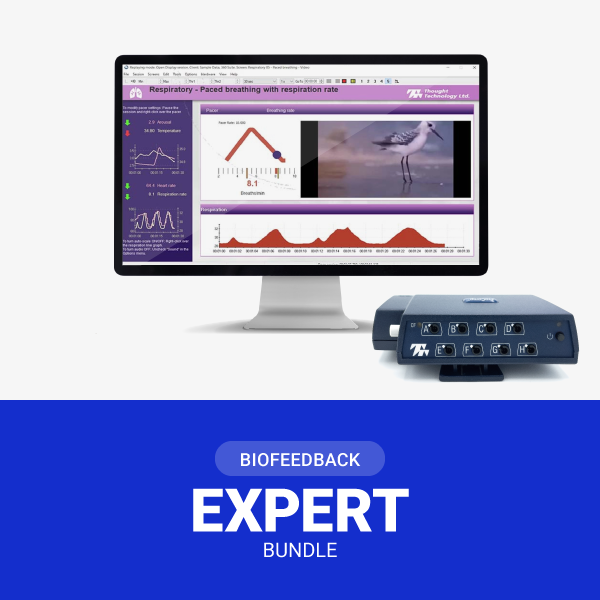qEEG functions by placing small electrodes on the head to capture brain activity. These electrodes measure neural signals produced by neurons, the units in the cerebrum that interact with each other. The information gathered is then processed and displayed as a series of patterns. Each type of neural wave—such as alpha, beta, delta, and theta—relates to different mental conditions and activities. For instance, alpha waves are commonly linked with relaxation, while beta oscillations are linked to active thinking and problem-solving. By examining these trends, healthcare providers can identify abnormalities that may indicate psychological health concerns.

One of the significant advantages of qEEG is its ability to offer objective data. Unlike conventional evaluations that rely on subjective reports from patients, qEEG provides a distinct picture of brain function. This objectivity can help reduce biases web in diagnosis and lead to more accurate intervention strategies. For example, if a patient is experiencing stress, qEEG can show particular trends of neural activity that are associated with anxiety disorders. This data allows psychological health experts to customize treatments more efficiently, whether it be through counseling, pharmaceuticals, or alternative approaches.
Moreover, qEEG can be particularly useful in monitoring intervention advancement. By performing qEEG evaluations at various stages during treatment, clinicians can track changes in brain activity over time. This ongoing evaluation helps ascertain whether a treatment is effective or if adjustments are needed. For example, if a patient is not responding to a particular medication, qEEG may show that their brain activity has not changed in a way that indicates improvement. This feedback loop can lead to more personalized and effective mental health care.
In conclusion, qEEG cerebral mapping is a powerful tool in the domain of mental health evaluation. By offering unbiased information about neural function, it improves the comprehension of different psychological health conditions. This technique not only aids in accurate diagnosis but also helps in monitoring treatment success. As psychological health experts persist to investigate the capabilities of qEEG, it possesses potential for enhancing the lives of people dealing with mental health challenges. With ongoing research and advancements in techniques, the secrets of the brain may turn more apparent, leading to better outcomes for those in need of support.